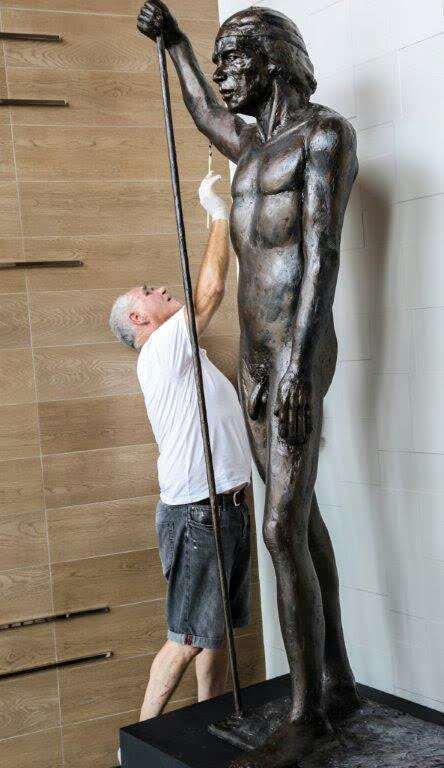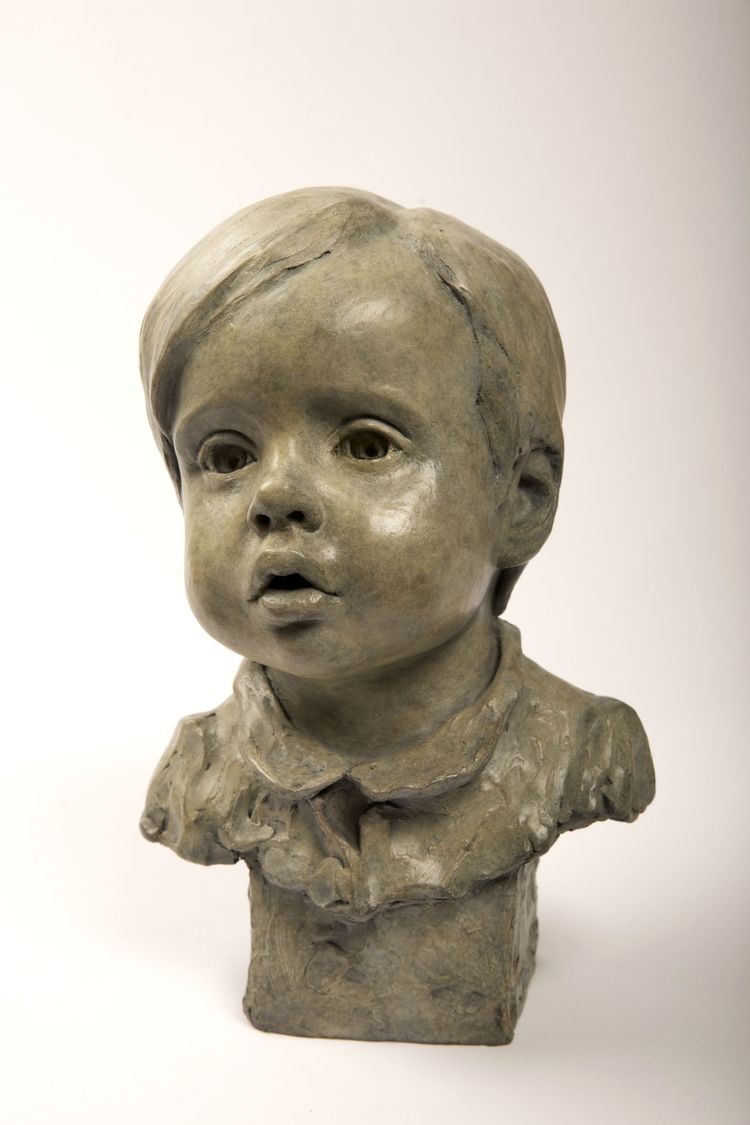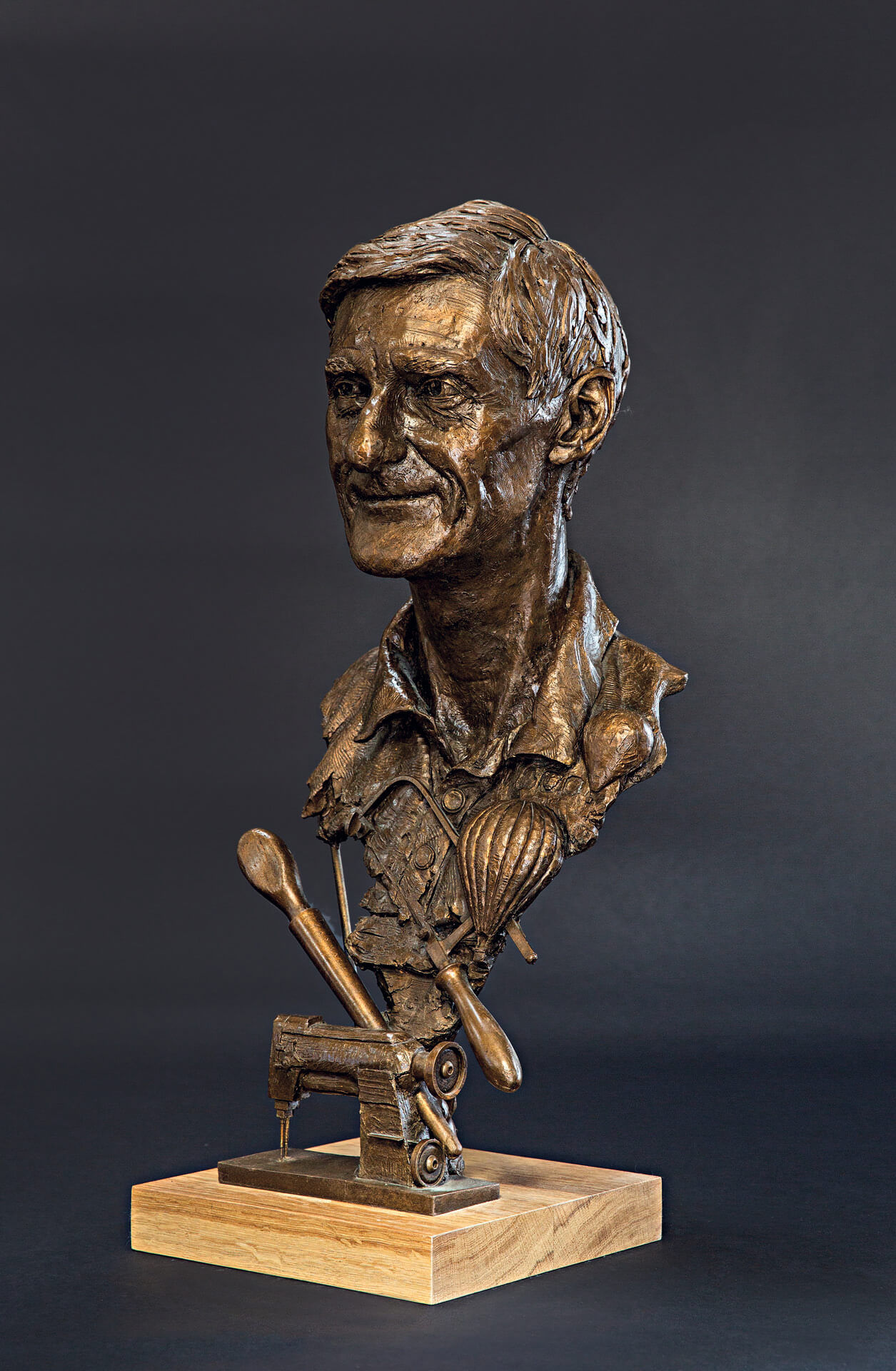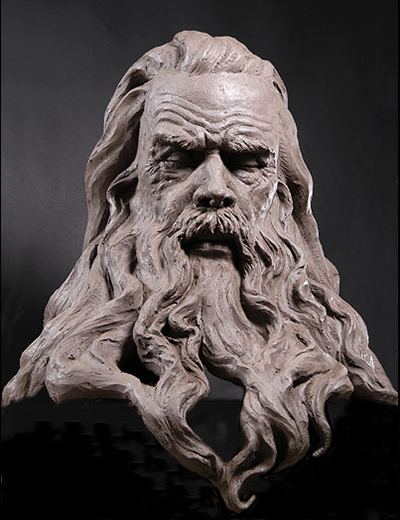The Advancement of Sculptures: From Old to Modern
The Advancement of Sculptures: From Old to Modern. Robert C Hitchcock Sculptor.
Sculpture, one of the earliest types of art, has actually been an essential component of human civilization for centuries. From the ancient people of Egypt and Greece to the contemporary era, sculptures have actually progressed, reflecting modifications in imaginative techniques, materials, and cultural impacts. This trip through time traces the advancement of sculptures, exploring the shifts in vogue, subject, and imaginative expression.
Beginning with the old globe, sculptures crafted from stone and later bronze caught the significance of deities, leaders, and everyday life. The Renaissance period saw a rebirth of timeless sculpting methods, as artists sought to replicate the graceful forms of ancient Greek and Roman sculptures (Contemporary Sculptures). In the modern-day era, artists tested standard boundaries, welcoming abstraction and testing with new products
This exploration will certainly look into the varied evolution of sculptures, disclosing the rich tapestry of imaginative expression throughout different durations and cultures.

Old Sculptures: From Stone to Bronze
Old sculptures transitioned from being sculpted out of rock to being cast in bronze. Stone sculptures, while excellent in their very own right, were restricted by the nature of the material. Portrait Sculptor.
The introduction of bronze as a medium for sculptures produced a change in imaginative expression. Bronze provided carvers the chance to develop intricate and lifelike types that were not possible with stone. The process of casting bronze enabled the production of multiple copies of a sculpture, making it possible for larger circulation and preservation of these artistic work of arts.
The shift from rock to bronze also saw a change in the topic of sculptures. While rock sculptures predominantly depicted gods, goddesses, and mythical numbers, bronze sculptures began to reflect a broader variety of subjects, including day-to-day people and animals. This development of subject issue showcased the versatility and flexibility of the bronze tool.
Renaissance Revival: Forming in the Timeless Style
The Renaissance revival of sculpture witnessed a resurgence in the classical style, structure upon the innovations made throughout the shift from stone to bronze in ancient sculptures. During this duration, artists looked for to recreate the classical visual and suitables of charm that were prevalent in old Greek and Roman sculptures.
One of the essential qualities of the Renaissance rebirth was the focus on naturalism and the human form. Artists like Donatello and Michelangelo strove to catch the physiological information and expressions of their subjects with extraordinary precision. They researched the human body and incorporated their monitorings into their sculptures, causing realistic and realistic representations.
An additional essential facet of the Renaissance revival was the expedition of point of view and deepness. Artists made use of techniques such as contrapposto, where the weight of the body is moved to one side, developing a sense of activity and dynamism. They also try out various products, including marble and bronze, to achieve a degree of elegance and ins and out in their sculptures.

Modernism and the Avant-Garde: Breaking Typical Boundaries
During the Innovation and Avant-Garde movements, artists pushed the limits of conventional imaginative conventions. This duration, which emerged in the late 19th and very early 20th centuries, saw a remarkable change in the means artists came close to sculpture. Denying the notion of art as simple replica, modernist sculptors sought to check out brand-new types, products, and concepts.
Among the crucial characteristics of modernist sculpture was the focus on abstraction. Artists moved far from reasonable representations and instead focused on capturing the essence of the topic via simplified types and geometric forms. This departure from typical depiction allowed musicians to express their emotions and ideas in a much more personal and subjective fashion.

Contemporary Sculptures: Discovering New Materials and Concepts
With an emphasis on exploring brand-new materials and principles, modern sculptures have reinvented the field of art. Artists today are pressing the boundaries of standard sculpture by experimenting and using cutting-edge materials with abstract principles. These sculptures challenge traditional concepts of meaning, materiality, and type, inviting visitors to take part in a brand-new and provocative imaginative experience.
Contemporary sculptors are embracing a wide variety of products, including plastic, glass, metal, and even natural matter. They are not limited to the typical medium of stone or clay, permitting for higher freedom of expression and trial and error. This change in the direction of unusual materials has actually opened brand-new opportunities for musicians to create sculptures that are vibrant, interactive, and visually striking.
Along with exploring new materials, modern sculptures additionally look into facility and abstract principles. Musicians are now exploring styles such as identification, social concerns, and the setting, using sculpture as a powerful tool for social discourse and self-contemplation. These sculptures test visitors to assume seriously and engage with art on a much deeper degree, sparking discussions and prompting emotional actions.
International Impacts: Sculptural Practices From Around The Globe
Sculptural practices from different areas of the world have considerably formed the advancement of sculptures throughout background. The global impacts on sculpture have actually been varied and have contributed to the richness and variety of artistic expressions. From the ancient worlds of Egypt, Greece, and Rome to the complex carvings of Oriental cultures, each area has established its distinct sculptural traditions that have influenced artists throughout time.
In old Egypt, sculptures were produced mostly for funerary and religious functions. The famous sculptures of gods and pharaohs, such as the Great Sphinx and the breast of Queen Nefertiti, display the Egyptians' proficiency of stone carving and their idea in the immortality.

In old Rome, sculpture served both political and creative functions. Roman sculptures usually depicted emperors, generals, and mythical figures, reflecting the power and grandeur of the empire. The marble statuary of Augustus of Prima Porta and the monumental Arc of Constantine are remarkable instances of Roman sculptural accomplishments.
Oriental sculptural traditions, especially in India, China, and Japan, have also had an extensive influence on the evolution of sculptures. Indian sculptures, such as the delicately sculpted holy places of Khajuraho and the enormous sculptures of Buddha, show an abundant fusion of religious, mythological, and building elements. Chinese sculptures, characterized by their great craftsmanship and attention to information, often represent divine beings, pets, and legendary numbers. Japanese sculptures, influenced by Buddhism, stress simpleness and tranquility, seen in the calm sculptures of Buddha and the stylish art of bonsai.
The global influences on sculpture remain to advance in the modern-day age. Artists today draw inspiration from numerous sculptural practices, integrating new materials, strategies, and concepts to produce ingenious and thought-provoking artworks. The fusion of various social influences has actually triggered a dynamic and diverse sculptural landscape, mirroring the interconnectedness of our worldwide society. As we seek to the future, it is specific that the global impacts on sculpture will remain to form and redefine this ancient art form.
Conclusion
In verdict, the advancement of sculptures has actually seen a shift from old stone and bronze works to the classical resurgence throughout the Renaissance. This was complied with by the breaking of typical limits via modernism have a peek at this site and the progressive movement. Today, modern sculptures explore new products and concepts, while additionally drawing ideas from global sculptural customs. The trip of sculptures shows the ever-changing imaginative expressions and cultural influences throughout background.
From the ancient people of Egypt and Greece to the contemporary age, sculptures have actually evolved, reflecting changes in creative techniques, materials, and social impacts.Starting with the old world, sculptures crafted from stone and later on bronze recorded the significance of deities, rulers, and everyday life.Ancient sculptures transitioned from being carved out of rock to being cast in bronze. While rock sculptures mostly depicted gods, goddesses, and mythological figures, bronze sculptures began to mirror a more comprehensive range of subjects, including everyday people and pets.In conclusion, the development of sculptures has actually seen a change from old rock and bronze works to the timeless rebirth throughout the Renaissance.